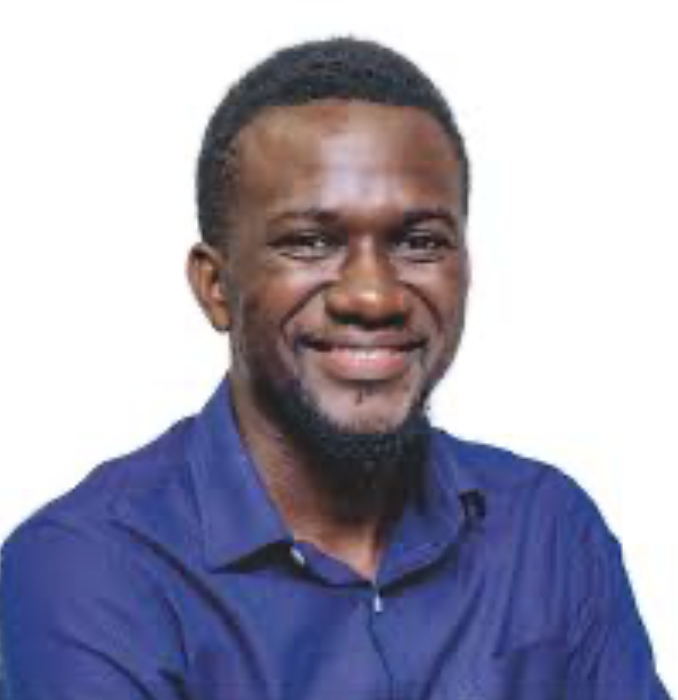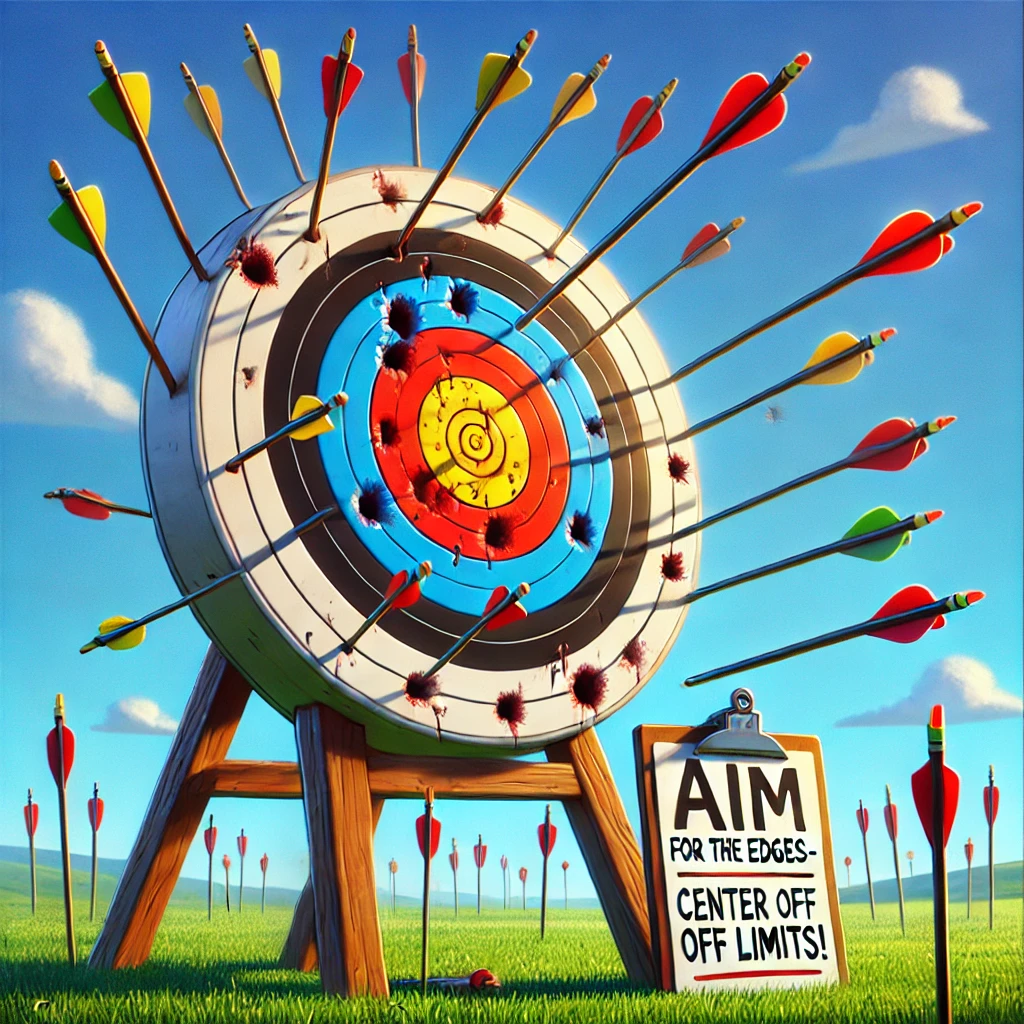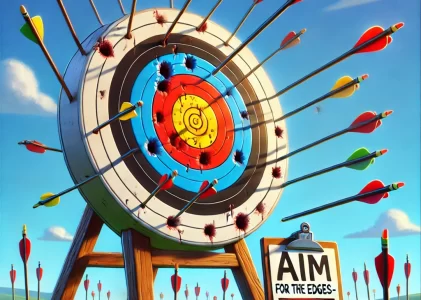
Growing up as a young man, I was on the fast track to becoming a soccer star, until that was abruptly interrupted by a soccer injury from which I never fully recovered. What got me out of that state of hopelessness was art. Years later, I became an art teacher and also founded a community centre that teaches young people in urban-poor communities the healing and saving power of art. We named it Faces Up, as a reference to keeping one’s chin up despite difficult circumstances.
Whenever young people came to our centre, we could see that they were enjoying the space, creating beautiful artwork, and were generally happy to be there. Before 2019, we used to define success based on how good or better a child got with painting, but we also felt we should continuously try to understand how our programme was changing the young people interacting with it. We wanted to know what impact we were having. What were the specific changes and aspirations of young people as a result of being in our programme? As a young organization, we also felt there was an opportunity to define a lot of about our work and grow with it.
We knew most people were dissatisfied with the Key Performance Metric (KPM) System, which is based on offering the same kind of content to children while grading kids on the assumption that there is a defined rate at which children learn. Though consider that in the medical world, each individual is given a dose of medicine that suits their unique needs. Even when there are thousands of patients, each patient is looked at as an individual, and not as a group. In our programme, we dealt with very unique children, yet we were looking at them in generalizations because conventional tools generalize people. What we wanted was to measure the progress of a unique and complex individual without reducing them to being a number in a group.
Consider that in the medical world, each individual is given a dose of medicine that suits their unique needs. Even when there are thousands of patients, each patient is looked at as an individual, and not as a group.
At that time, we were also asking the young people questions like: What do you like about this place? What do you like about the programme? What has changed in your lives as a result of joining Faces Up? Some talked about feeling more confident and thinking more creatively, while others talked about feeling happier. We wanted to measure these things on an individual basis but we did not know how, so we “brushed” those conversations aside because it also felt difficult. After a year, we returned to those conversations with the same questions. When we heard similar responses we started to reflect on what it all meant, and what we should do with it.

This was when we started defining what we wanted our impact to be and came up with a measurement tool that was responsive to what we were also curious about. A starting reflection point was that even though children learn as a group, each of them might have a different progress path, and we wanted to make sense of individuals’ progress journey – without losing them to the group.
The tool we designed, later called the “participant progress assessment” was meant to measure a child’s progress over time. With this method, there is never a final destination we seek to reach – but the journey is everything. We seek continuous improvement, and not a defined “perfect” target like some M&E tools might set.
Some of the success measures for us are emotional development, social interaction and creative development. These are things you have to determine out of constant interaction with a child or the programme. An external consultant who comes in for a short time and goes away cannot do this assessment. Sometimes we have children from the community who cannot regulate their anger. They cannot name how they feel. When we think about success, we consider how this child is growing in self-expression and emotional development. These are things that matter to us more than the number of children we have trained in a year.
With this method, there is never a final destination we seek to reach – but the journey is everything. We seek continuous improvement, and not a defined “perfect” target.
When we offer an art training session, there are three people in the room. A lead facilitator, a support facilitator and an evaluator. The lead facilitator gives the art exercises, and the support facilitator helps the class better understand what is being taught. The evaluator observes the class and makes observation notes. The observation notes include thoughts on who is active, shy, disruptive and other things of interest. This information is then put in an online tool. We use a software called Air Table to capture this information, which gets extracted as an Excel sheet. The last stage is to feed it into an online visualizer that generates specific growth curves to portray the progression of that specific child. This tool is still a work in progress, and we are thinking about how to use AI to help us answer some of these questions we are curious about.
We see this tool as a learning tool. It’s not measurement to justify to others that what we are doing works, but measurement to help us understand what works in our programme and how we learn from this experience. This tool has been used internally, we did not create it for funders. However, we also use other M&E tools presented to us by funders, but someday, we would like to make this the main tool we use for measuring our impact and to have funder tools as complimentary.
Emmanuel Ssekitto is the CEO at Faces Up, and a visual artist turned into a social worker and community organizer.
